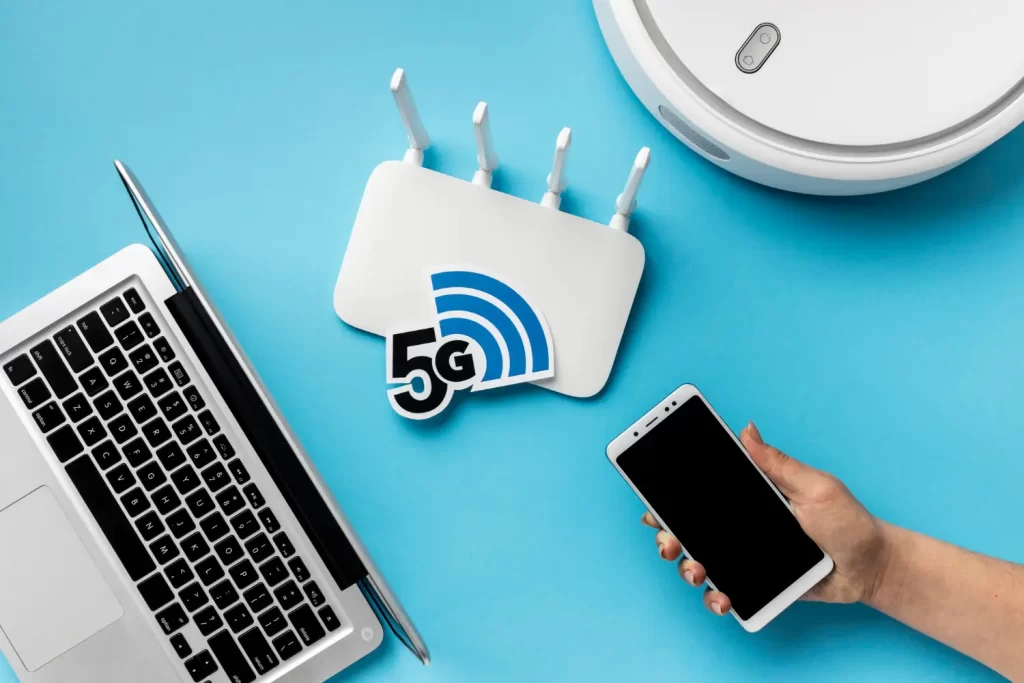From access control to EV chargers, tomorrow’s amenities depend on the network you build today.
The Smart Device Surge
Residents now bring voice assistants, connected TVs, security cameras, wearables, and work-from-home equipment. Each adds bandwidth pressure and requires low latency. Without a robust core, performance degrades quickly.
Operational Automation Needs Reliability
Property systems such as smart locks, HVAC controls, surveillance, and leak detectors run continuously. Fiber delivers the stability and speed these always-on platforms need to prevent downtime and false alarms.
Enabling New Revenue Streams
Amenities like coworking lounges with video conferencing, rentable smart storage, or EV charging management software all rely on a high-capacity network. Fiber turns these features from “nice ideas” into monetizable services.
Security and Network Segmentation
Modern fiber deployments allow segmentation between resident traffic, building operations, and guest networks. This reduces risk, protects sensitive systems, and supports compliance needs.
Scalability for the Next Wave
As AI-enabled energy management and IoT sensors proliferate, upgrading legacy copper becomes costly. Fiber is future-ready, reducing long-term capex and supporting multi-gigabit growth.
Conclusion:
A smart building strategy starts with connectivity. Investing in fiber now enables MDUs to confidently adopt emerging technologies with the performance, security, and flexibility they need.



